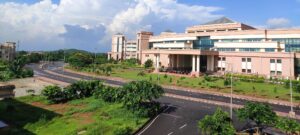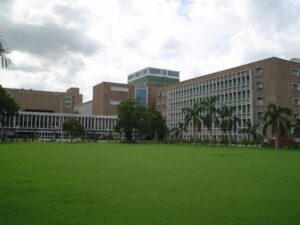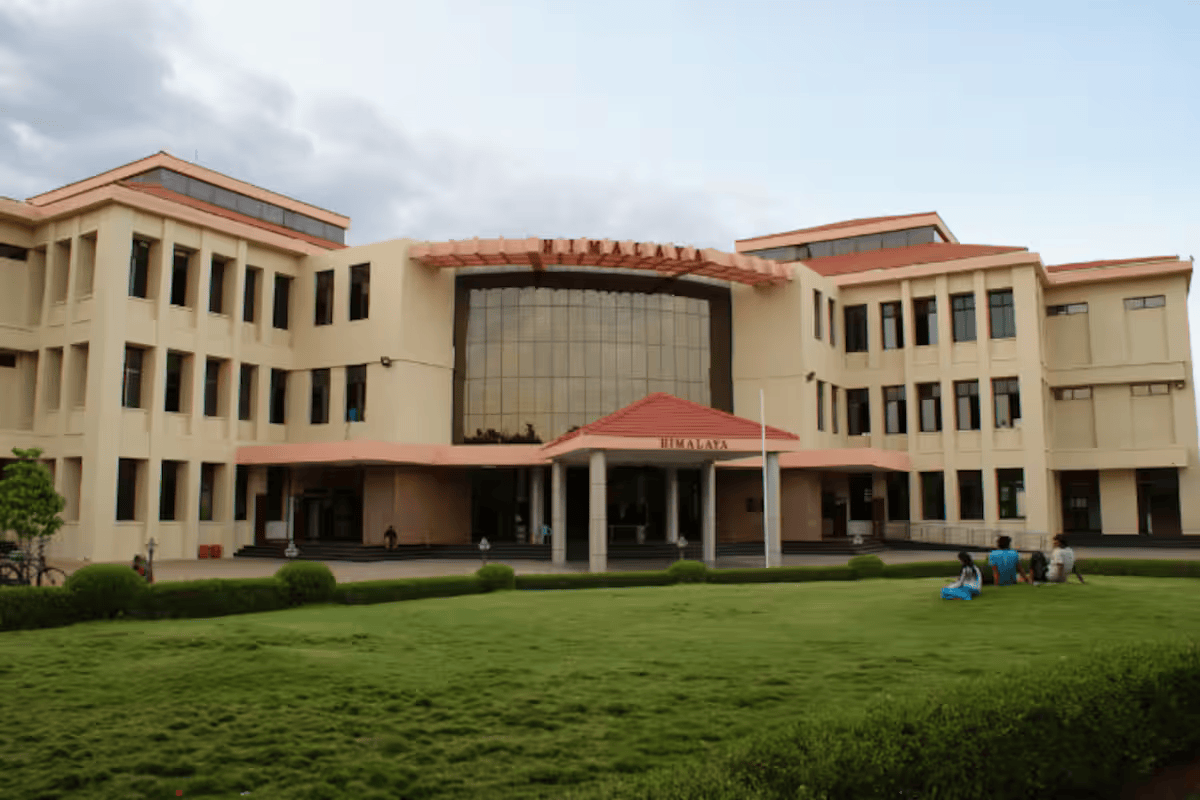Education is the backbone of a nation.In India, it plays a significant role with context to country’s demographic diversity and population strength. The Indian education system has evolved over centuries, from the ancient gurukul model and the world’s earliest universities like Nalanda and Takshashila, to colonial influences and post-independence reforms. Today, it stands as one of the largest education systems in the world, catering to more than 250 million school-going children and millions of higher education aspirants. However, while its scale and diversity are remarkable, the system also faces deep structural challenges.
One of the strengths of Indian education is its wide accessibility. The Right to Education (RTE) Act of 2009 made education a fundamental right for children aged 6–14, ensuring free and compulsory schooling. Over the years, literacy rates have significantly improved, crossing 77% in the 2021 census estimates.  India also boasts prestigious higher education institutions such as the Indian Institutes of Technology (IITs), Indian Institutes of Management (IIMs), All India Institute of Medical Sciences (AIIMS), National Institute of Science Education and Research (NISER) , Indian Institute of Science Education and Research(IISER) which are recognized globally for producing skilled professionals. Moreover, with the National Education Policy (NEP) 2020, the government has outlined a transformative vision, focusing on holistic, multidisciplinary, and skill-oriented education.
India also boasts prestigious higher education institutions such as the Indian Institutes of Technology (IITs), Indian Institutes of Management (IIMs), All India Institute of Medical Sciences (AIIMS), National Institute of Science Education and Research (NISER) , Indian Institute of Science Education and Research(IISER) which are recognized globally for producing skilled professionals. Moreover, with the National Education Policy (NEP) 2020, the government has outlined a transformative vision, focusing on holistic, multidisciplinary, and skill-oriented education.

Yet, despite these achievements, the Indian education system is often criticized for its rigid structure and exam-centric approach. At the school level, rote learning remains prevalent, with students frequently encouraged to memorize rather than understand concepts. This undermines creativity, problem-solving, and critical thinking skill is essential for the 21st-century knowledge economy. The pressure of board examinations and competitive entrance tests often leads to stress and mental health issues among students.
Another pressing challenge is inequality. While urban centers and private schools offer modern facilities, digital tools, and global exposure, rural schools still struggle with inadequate infrastructure, shortage of trained teachers, and lack of digital access. This rural-urban divide widened further during the COVID-19 pandemic, when millions of students were left behind due to poor internet connectivity or lack of devices. The digital divide highlights how socio-economic disparities directly affect educational opportunities.
The higher education system, though vast, also grapples with issues of quality and employability. India produces millions of graduates annually, yet many are not industry-ready due to outdated curricula and insufficient emphasis on practical skills. This has led to a paradox of both unemployment and a shortage of skilled workers. To address this, vocational training, research-oriented education, and collaboration with industry must be strengthened.
On a positive note, India is making strides in integrating technology into classrooms through initiatives like digital learning platforms and smart classrooms. Skill development missions and NEP’s emphasis on mother-tongue instruction in early schooling, flexibility in subject choice, and promotion of multidisciplinary universities are steps in the right direction. If implemented effectively, these reforms could bridge existing gaps and align Indian education with global standards.
In conclusion, the Indian education system is a blend of progress and paradox. It has succeeded in creating large-scale access and producing globally recognized talent, but it must overcome systemic weaknesses of rote learning, inequality, and employability gaps. With sustained investment, teacher training, and effective execution of NEP 2020, India can transform its education system into one that not only imparts knowledge but also nurtures creativity, inclusivity, and innovation—truly becoming the foundation of a knowledge-driven nation.

